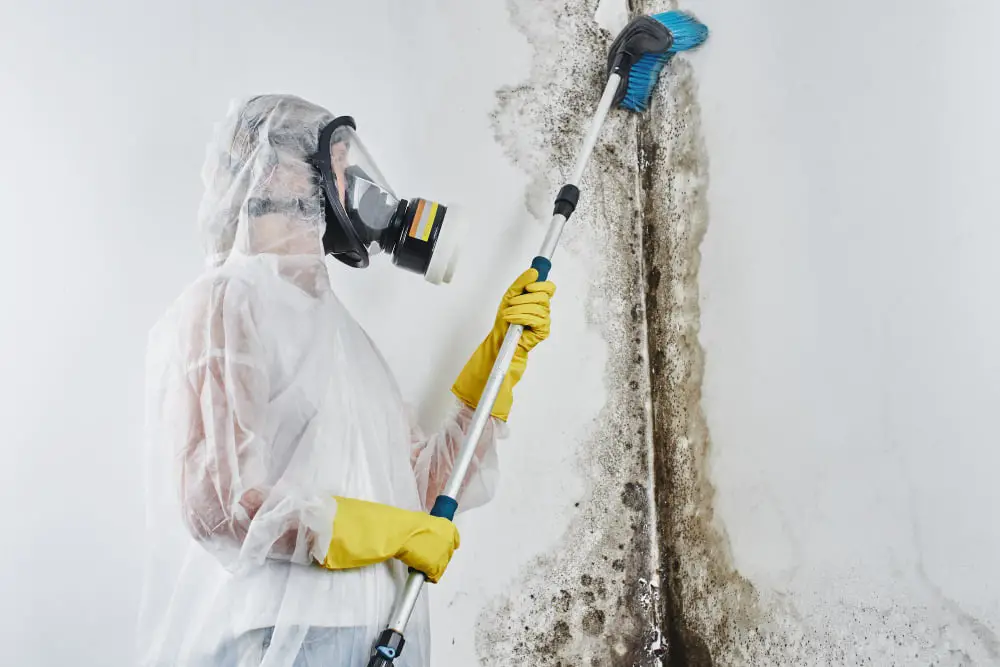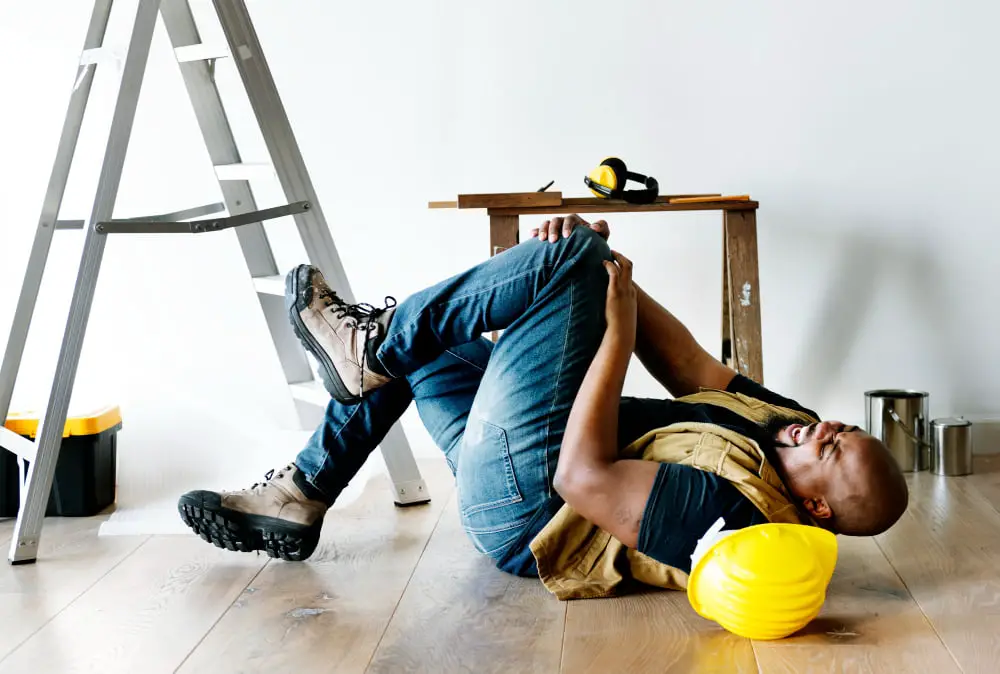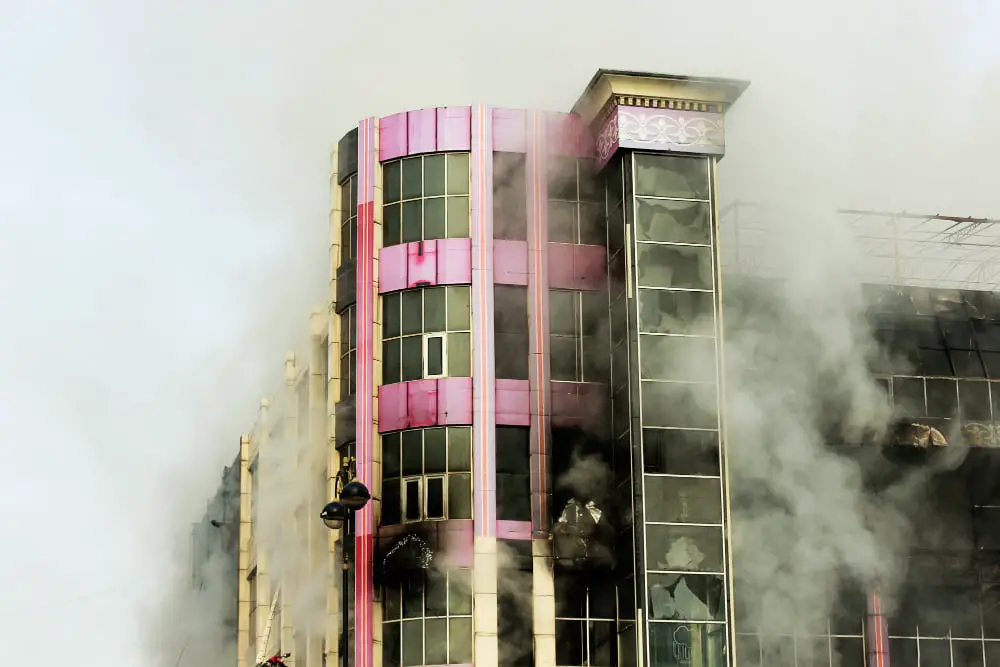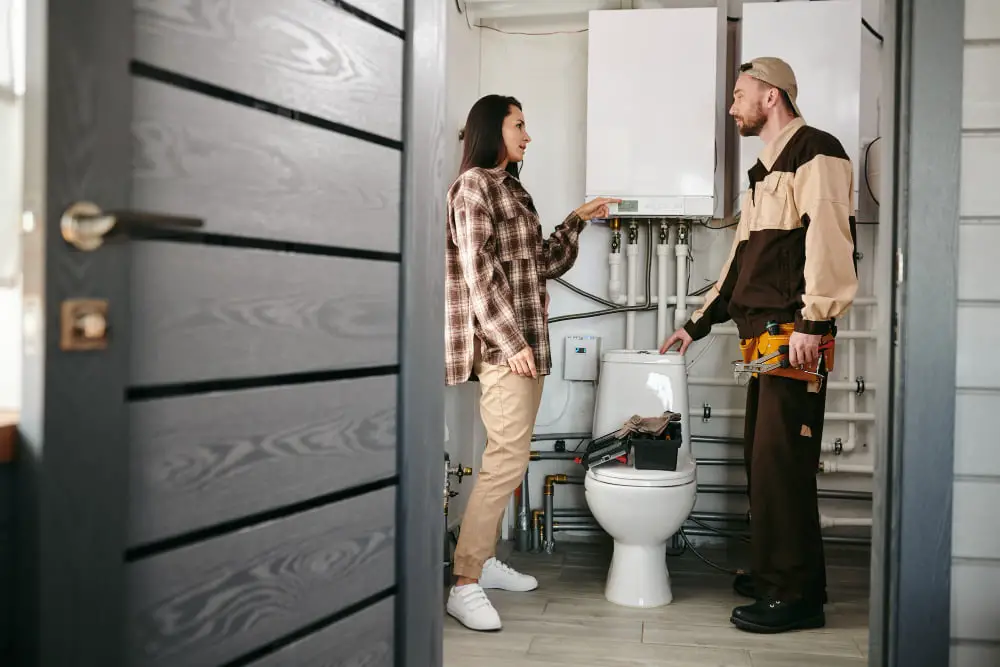Last updated on
Dealing with the aftermath of a flood can be overwhelming and stressful, but it is important to take action as soon as possible to prevent further damage and ensure the safety of your home. In this guide, we will walk you through key steps that you should take to effectively restore your home after a flood. From assessing the damage to hiring professionals, we’ve got you covered with essential tips and advice. Let’s get started!
Assessing the Damage
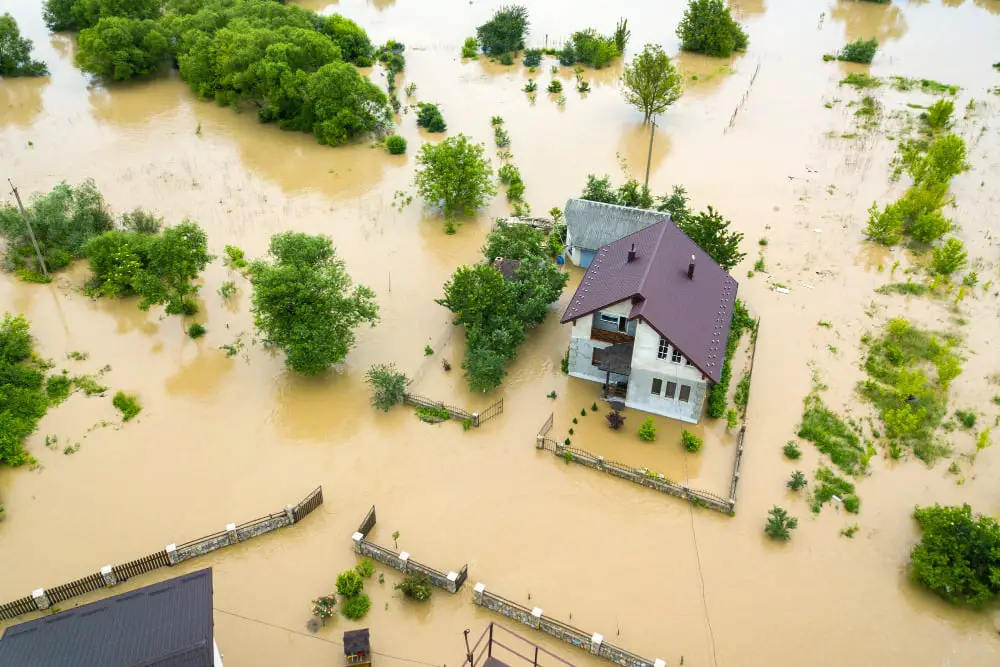
Before you can start restoring your home, assess the damage caused by the flood. This will give you a clear understanding of the extent of impact and help you prioritize tasks. Begin by inspecting all areas of your home, including walls, floors, and furniture. Take pictures or videos for insurance purposes and make notes of any visible damage.
It is also important to check for potential hazards such as electrical damage or contaminated water. If you are unsure about the safety of your home, consult with professionals before entering. Once you have a thorough understanding of the damage, you can start planning for restoration.
Calling in the Professionals
In some cases, the damage caused by a flood may be too extensive or dangerous to handle on your own. This is when it’s important to call in the professionals. They have specialized equipment and expertise in handling water removal, mold remediation, and structural repairs.
Seek their help if you notice any signs of structural damage or if there is standing water in your home. They can also assist with properly drying out your home and preventing further damage. It is always better to err on the side of caution and enlist professional help when needed.
Safety First
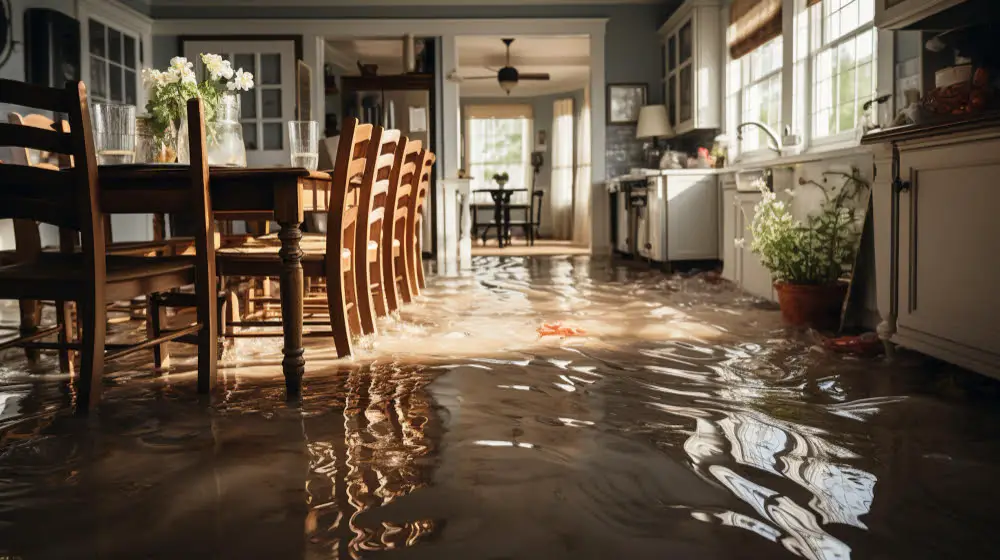
When restoring your home after a flood, prioritize safety. There can be potential hazards that may not be easily visible, such as electrical damage or contaminated water. Before entering your home, make sure to turn off the electricity and gas supply. Also, be cautious of any weakened structures or debris that may cause injury. It is recommended to wear protective gear like gloves, boots, and masks while handling damaged items.
If you notice any mold growth, avoid touching or inhaling it as it can be harmful to your health. Safety should always come first when restoring your home after a flood. So even if the visible damage may not seem significant, take precautionary measures to ensure your well-being throughout the restoration process.
Cleaning up and Removing Debris
The aftermath of a flood can leave behind a messy and contaminated environment, which can pose health risks if not properly managed. Start by removing any standing water using pumps or wet-dry vacuums. Then, discard any damaged items that cannot be salvaged.
Make sure to also clean and disinfect all surfaces, including walls and floors, to prevent mold growth and remove any potential contaminants. It is best to wear protective gear and follow proper disposal methods when handling debris and contaminated materials.
Once the cleaning process is complete, continue to monitor your home for any signs of mold or other hazards. Proper management of post-flood contamination ensures a safe environment for your family.
Drying out Your Home
After a flood, excess moisture can linger in your home and create the perfect breeding ground for mold and mildew. This can lead to further damage and potential health hazards. Therefore, it is crucial to properly dry out your home after a flood. To do this, consider using dehumidifiers or fans to circulate air and remove excess moisture.
Furthermore, open windows and doors to increase ventilation. It is important to also remove any wet materials such as carpets or furniture that cannot be salvaged.
Restoring Your Home
Restoring a home after a flood not only involves fixing the damage caused by the flood itself but also repairing and renovating the affected areas. Depending on the extent of damage, you may need to replace drywall, flooring, or even entire rooms. Properly assess and plan for these repairs before beginning any renovation work.
Seek advice from professionals on how to properly repair and renovate flood-damaged areas, as they may require specialized techniques and materials. It is also important to take preventative measures such as waterproofing and elevating the home’s foundation to minimize the risk of future flooding.
Restoring your home after a flood can be a long and challenging process, but by following these key steps, you can effectively minimize damage and ensure the safety of your home. With proper planning and thorough cleanup, you can restore your home to its pre-flood condition and create a safe and comfortable living environment once again.
Continue reading:
Recap
